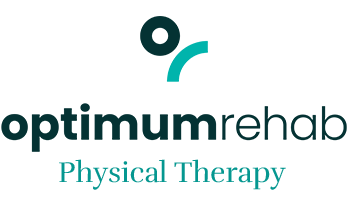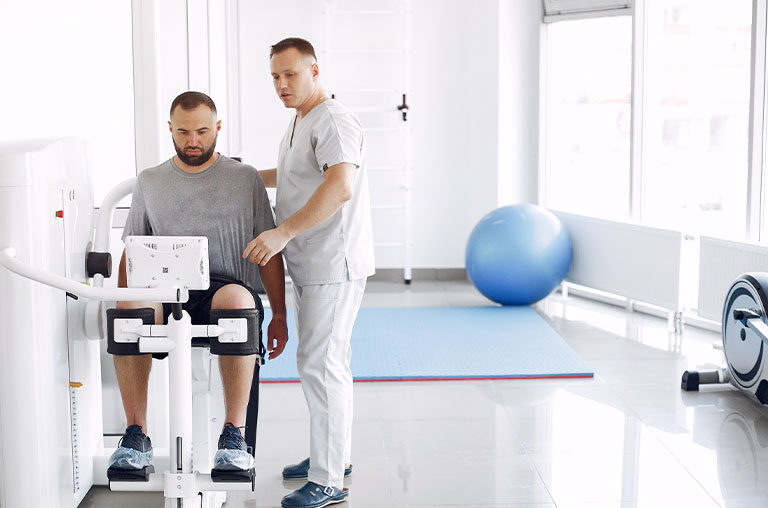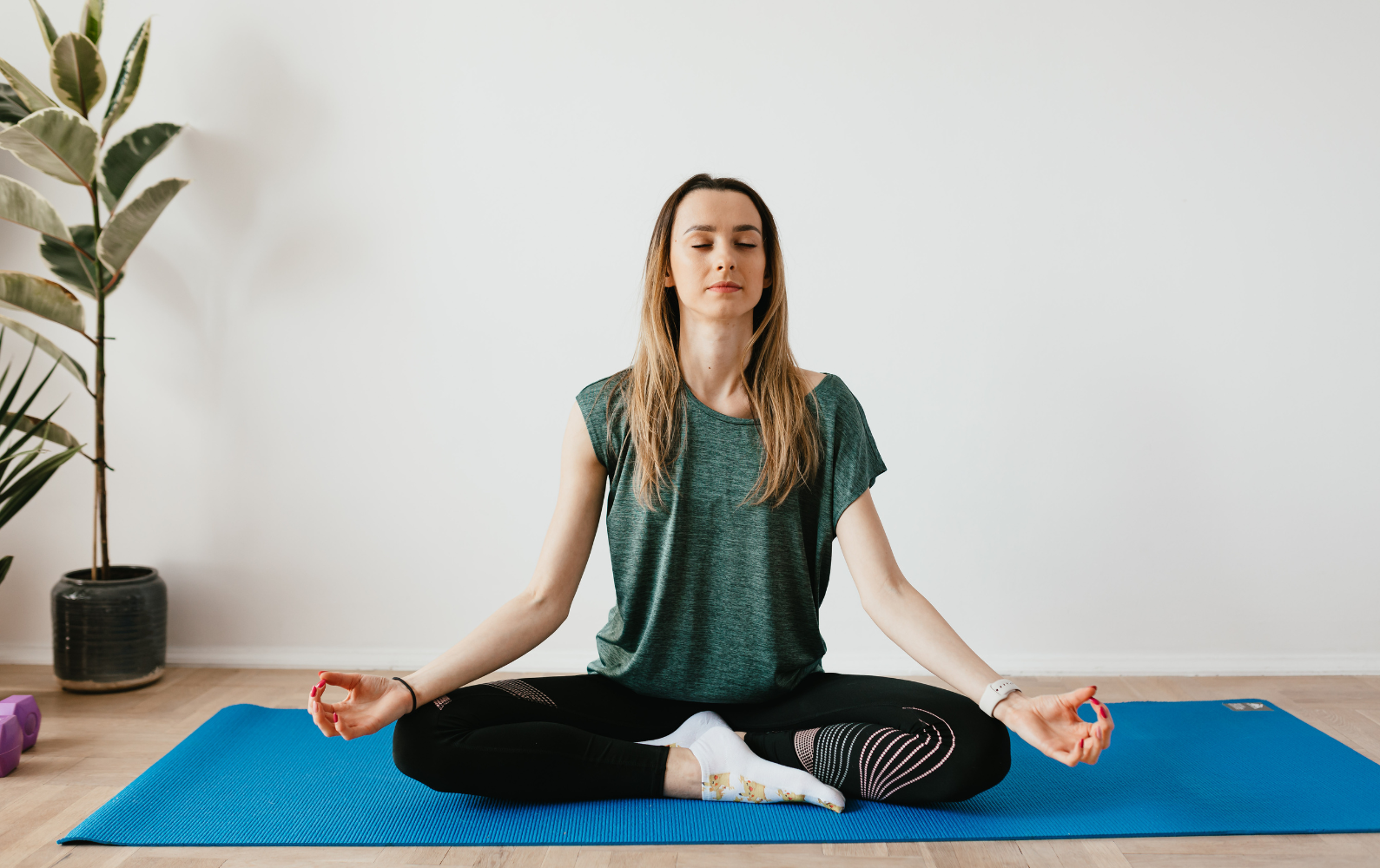The Importance of Proper Posture
Posture is the way in which we hold ourselves whether sitting, standing or lying down against the force of gravity. We have all been advised to maintain good posture since childhood and with good reason. Posture plays an important role in our overall health. As it turns out, there are two types of body posture; dynamic posture and static posture. Dynamic posture is how you carry yourself while moving about, performing activities like walking, running etc and static posture is how you carry yourself in a static position like standing or sitting. Maintenance of good posture ensures that your spine is positioned appropriately in both scenarios.
There are three natural curves to the spine; one at the neck, another at mid-back and lastly the lower back. These three curves should be protected without the S-shaped curvature increasing, for one to have the right posture. The key to good posture is taking care of this curvature and holding oneself up in a way that provides the least strain to the spine.
Importance of developing good body posture
Adopting the right posture can help in a multitude of ways. From pain reduction and injury prevention to the aesthetic appeal of standing straight which conveys the impression of being confident. Good posture keeps joints and bones in the right alignment so that muscles are used efficiently. And the efficient usage of muscles in turn reduces fatigue and promotes energy. It helps to decrease strain on the ligaments that holds spinal joints together and offsets abnormal wearing of joint surfaces.
Practicing incorrect posture will train the spine not to adopt abnormal positions over time which can contribute to tension headaches if excessive strain is felt in the back of one’s neck..
Tips for attaining good body posture.
- Align your head just above your shoulders and avoid a forward head position. With the head in a forward position, you put pressure on the muscles of your shoulders, neck and upper back, causing pain. It can also affect the mandibular joint and muscles in the jaw. When these areas are strained, we experience difficulty and pain while eating, talking yawning etc.
- Stand erect, giving equal pressure on both legs. This helps to prevent strain on your hip muscles.
- Sit with your back straight, feet placed on the floor and knees bent at a ninety-degree angle. Avoid slouching or crossing your legs as it compresses vital organs and affects the blood circulation.
- Keep your core and upper back muscles engaged with good posture. This can help achieve well balanced muscles that are not overdeveloped on one side of the body.
- While lifting heavy objects, ensure that your knees are bent and your legs straight as you pick the object up. use your arm and leg muscles while lifting objects. This helps your back muscles from experiencing any strain.
- Even while lying down, ensure that the natural curves in your spine stay protected.
- Being agile can help attain muscles that are healthy and develop a good body posture. So, try to move around once in every 30 minutes. Make flexibility exercises a part of your daily routine to develop a good posture over time.





